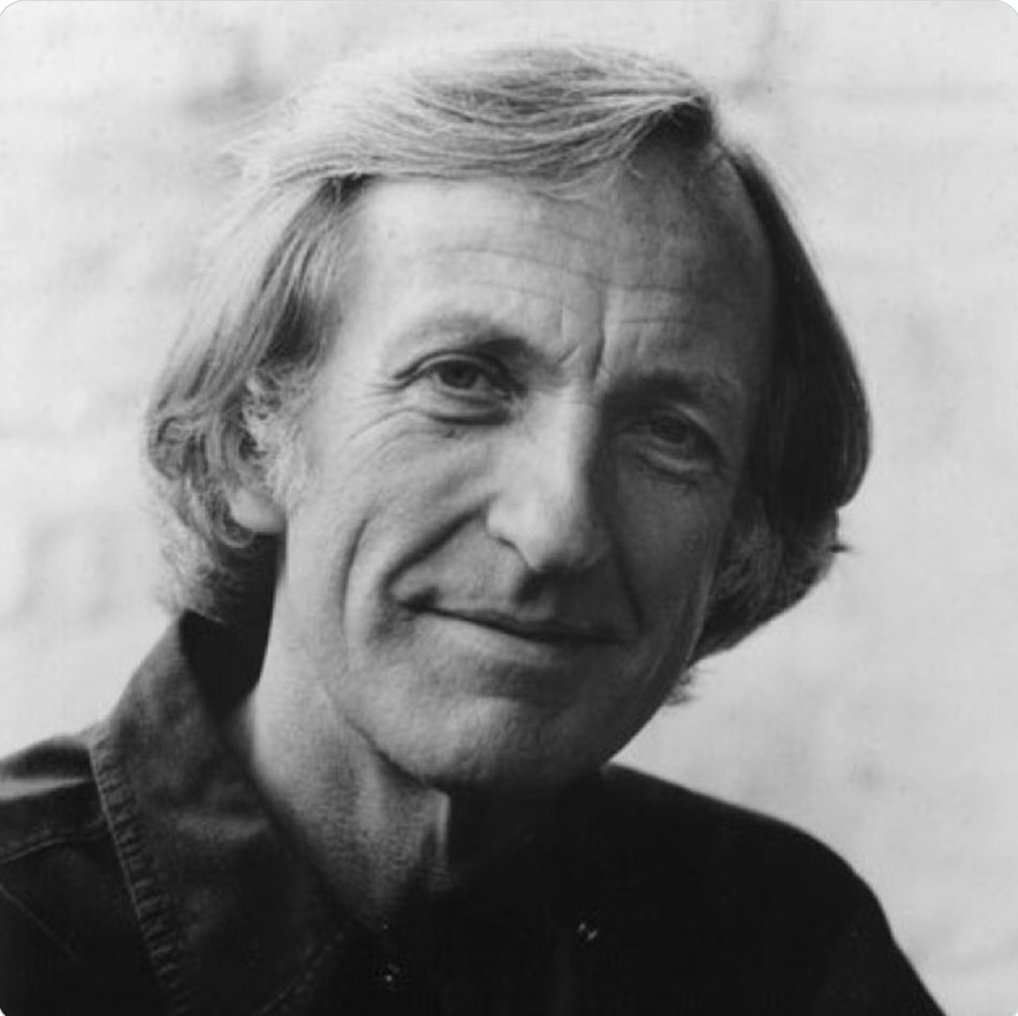In his latest column for the New Statesman, John Pilger catches a ghostly tram to returns to where he grew up in Australia, the scene of his first encounter with the brutal, though enjoyable world of newspapers.
Perhaps journalism, for me, began on a Bondi tram on a Saturday. This was the day Bondis adult males would vanish. They would put on narrow-brimmed panama hats and head for the races at Randwick or The Hill at the Sydney Cricket Ground, Australia’s finest. Or they would go direct to long-tiled pubs called the Royal and Tea Gardens and Billy the Pigs, and to the Returned Services League clubs where the Last Post was played every sunset, straight after the chook raffle. It was a joyful exodus. I would watch as the men packed the toastrack trams that had running boards and swung perilously at speed and had run over two of my dogs. My ambition was to work the trams.
It was not that I was unhappy delivering newspapers piled in a fruit box that ran on ball bearings, hauling it along streets of liver-bricked flats that stank of the daily cabbage quota. The trick was bowling a rolled-up Australian Womens Weekly, a formidable missile, so that it missed the milk cans, some with lace doilies, and the dog shit. It was hard. No one applauded and a lot complained. But on the trams it was different; this was the glamour job held by newspaper-boys who were not boys. They wore big old sandshoes and had roll-your-owns permanently stuck to nicotine-stained lips; and they leapt on the running boards between Waverley cricket oval and Nick the fruitologists, and when the tram was belting along they leapt off it like skydivers. They never hesitated and they had style. On Saturdays, when they sold the morning editions of the evening papers, the Sydney Sun and Mirror, they yelled out, Hereyar, Sunormirror, all the starters and riders and somethingtasiton.
I walked along the Bondi tram route the other day. The trams are long gone, but not their phantoms. I started down at the beach, where I had begun to find my freedom climbing pyramids of green rolling waves, or on lascivious business thereabouts. In tight-lipped times, beaches provided our hedonistic alter egos. In Sydney, their uniqueness is that they are not resorts and are all public spaces, unlike in California and Europe. Beyond todays bathers, untanned and often fat, there is a glimpse of the down-at-heel city that Sydney was: the same peeling paint and worried eyes of refugees, squinting through lace curtains in semis where no one seems to turn on the light.
I found a stretch of the tramline and stared at it as you do at an archaeological dig. I lost it in the climb up to Denham Street and the Royal, where the trams had disgorged drinkers for the Six OClock Swill (the pubs closed at six). As a newspaper-boy, I was allowed into pubs. My mother, being a woman, was barred, apart from the ladies-only room in the back. On Saturdays, my father would bring her out a shandy or, if they had things to discuss, a DA (dinner ale).
Hereyar, Sunormirror, I would yell, all the starters and riders or somethingtasiton. And when I came home that Saturday, with my clothes torn and knees bleeding, I had to finesse my story, knowing that falling off a tram flat on my face, with my Suns and Mirrors blowing away in a southerly, was worth it. As the tram driver checked my limbs, a woman came out of the Manhattan Flats with a cup of tea and said that I was lucky to be alive. Youre Elsies son, arent you? she said. Then I thought I was dead.
The other day, at the same Manhattan Flats, their grime timeless, I knew I was near to home. Past where the art-deco picture house used to be, there was Moore Street. It was silent now, a former trench of domestic warfare, with bodies and bottles thudding against thin walls, and opaque-eyed men back from the war against the Japanese, their ribcages protruding, and sorrowful women in aprons. The dazzling green of the South Pacific was unchanged, though no longer framed between smoking chimneys and sturdy dunnies.
I stood outside the tiny, dark house in Moore Street where I grew up. The corrugated-iron roof had gone, otherwise little had changed; even the old wooden box containing the gas meter, where I liked to sit waiting for people to come home, was there. I stared at it, and at the same window frames, and the same peeling window ledges, and at the front door; and I failed to find the courage to knock on it.


